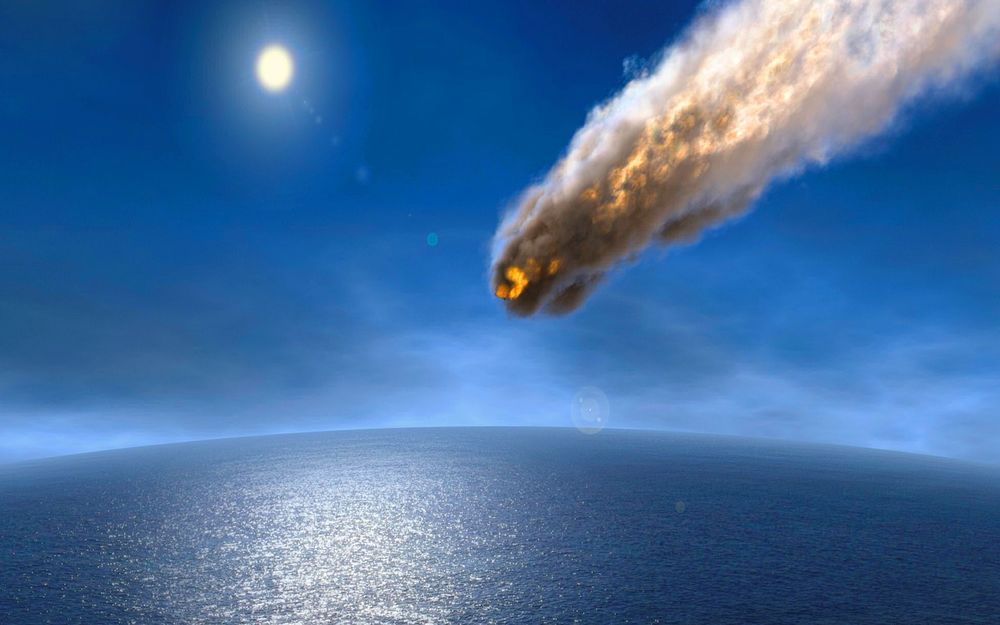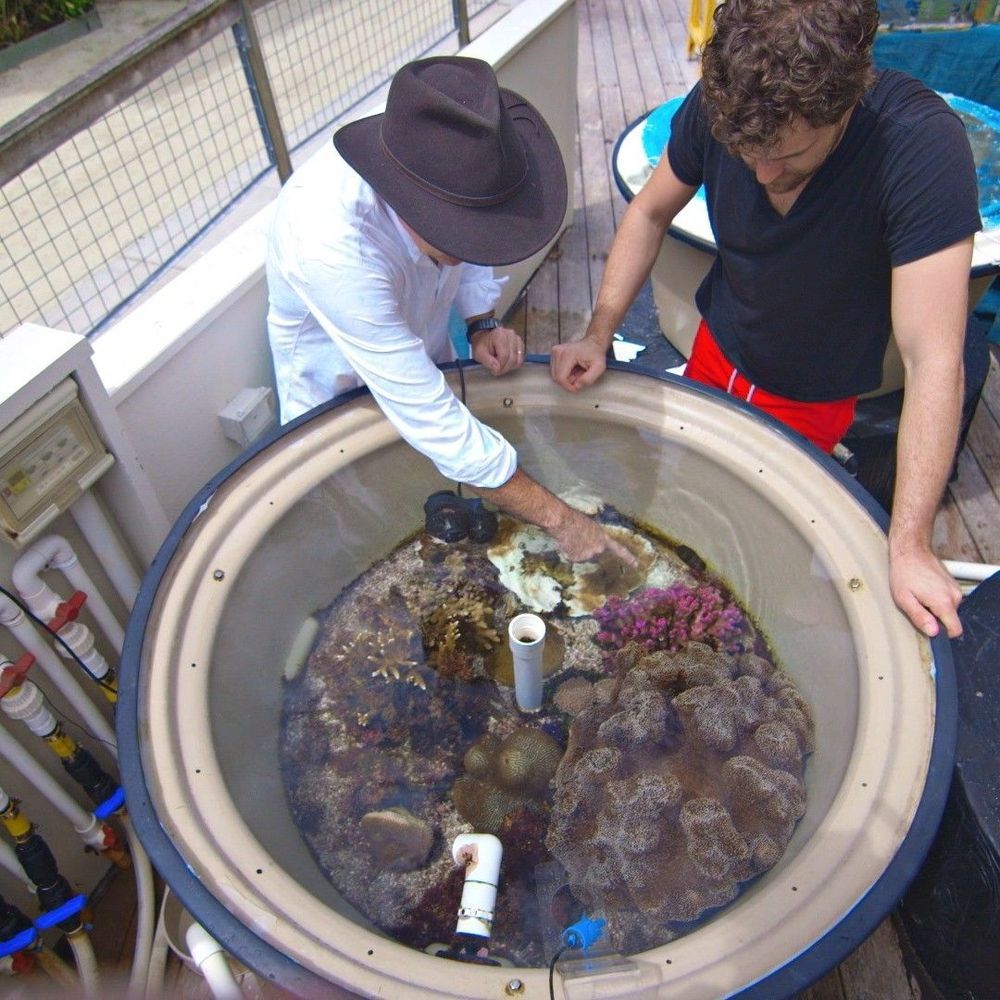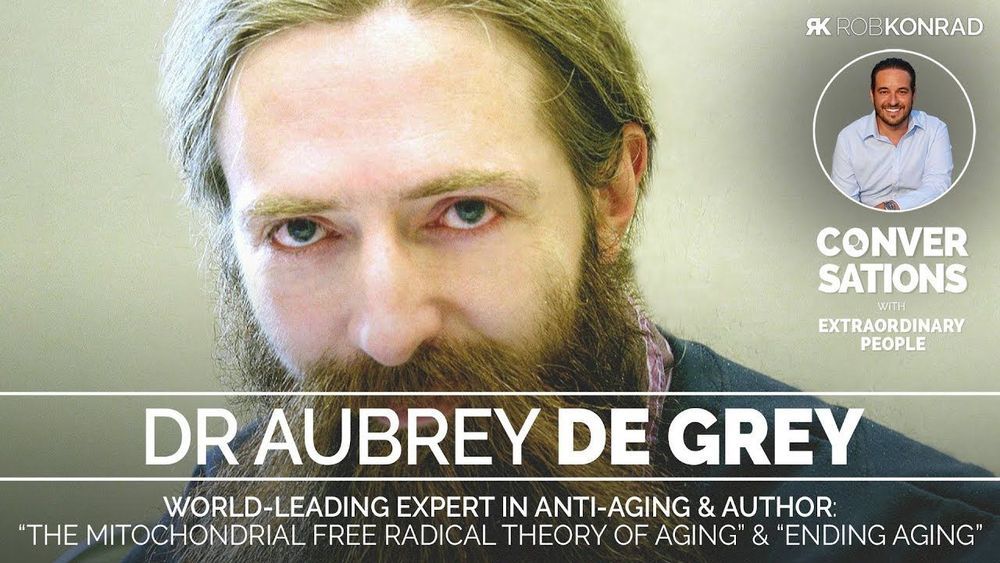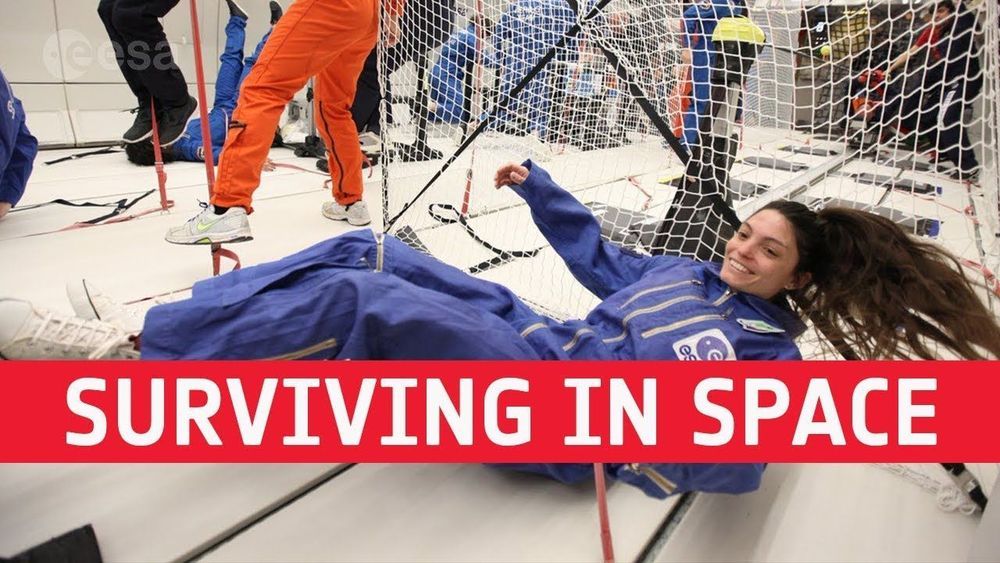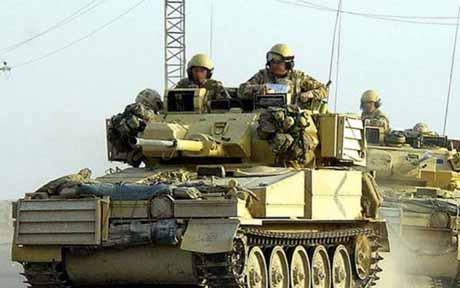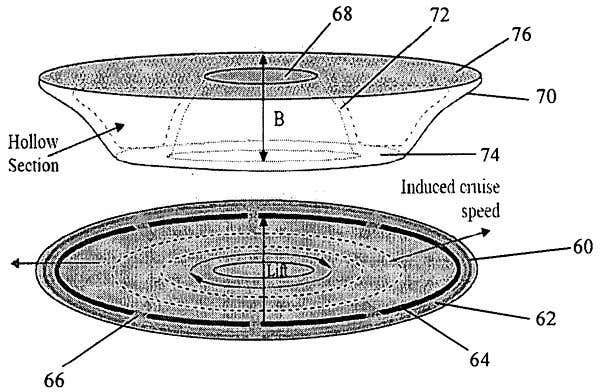An interesting article on how tsunamis caused by comets wiped out civilization in what is now the southeastern U.S. twice, in 539 and again in 1014. The bit about ammonia in the atmosphere also reminded me of the Norse prophecy about Thor wrestling with the Midgard Serpent, accompanied by poison in the air that kills many. I wonder how many strange things were witnessed by our ancestors for which they left us records that we are simply unable to understand.
Two massive comet or asteroid strikes in the past 1500 years altered Eastern North America’s history. The one in 539 AD devastated the South Atlantic Coast and permanently changed its geography. It left the South Atlantic Coastal Plain almost uninhabited. Hundreds of Uchee and Muskogean communities were wiped off the face of the earth. For obvious reasons, survivors headed north to the mountains.
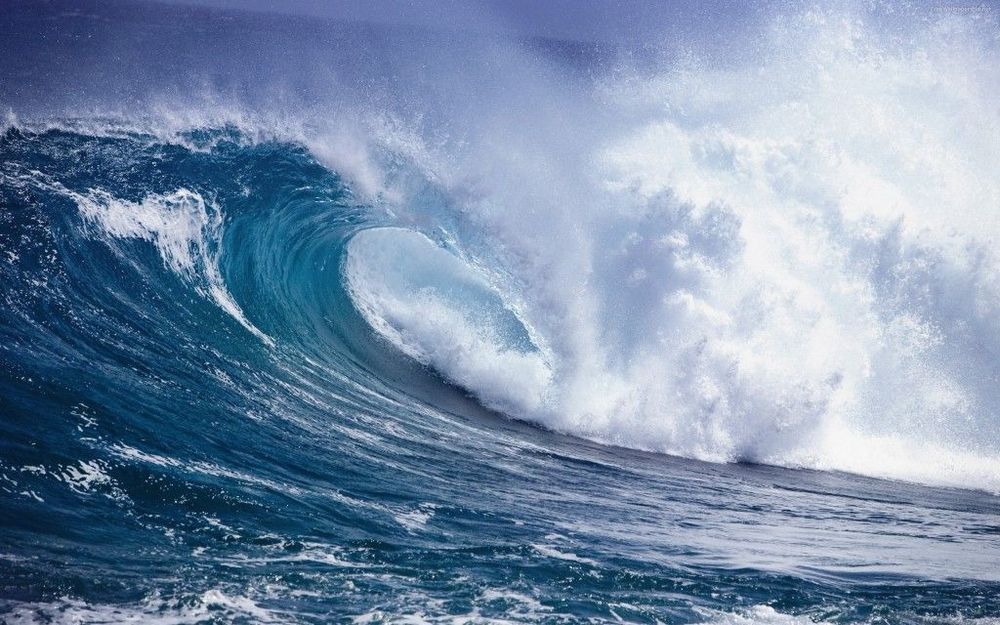
Continue reading “539 AD and 1014 AD… the tsunamis from hell” »
